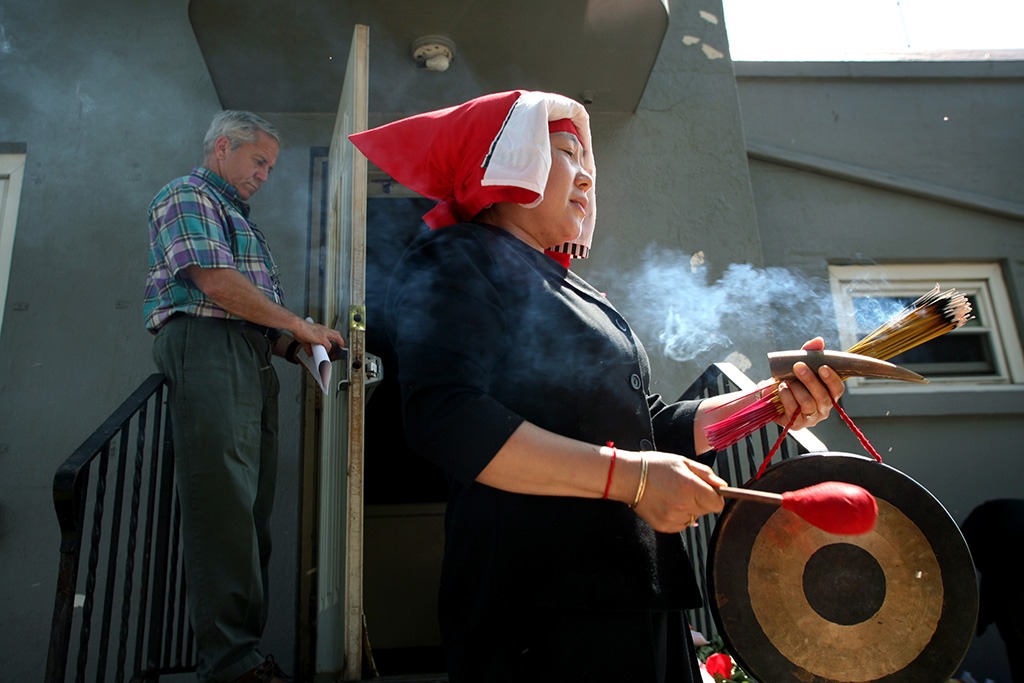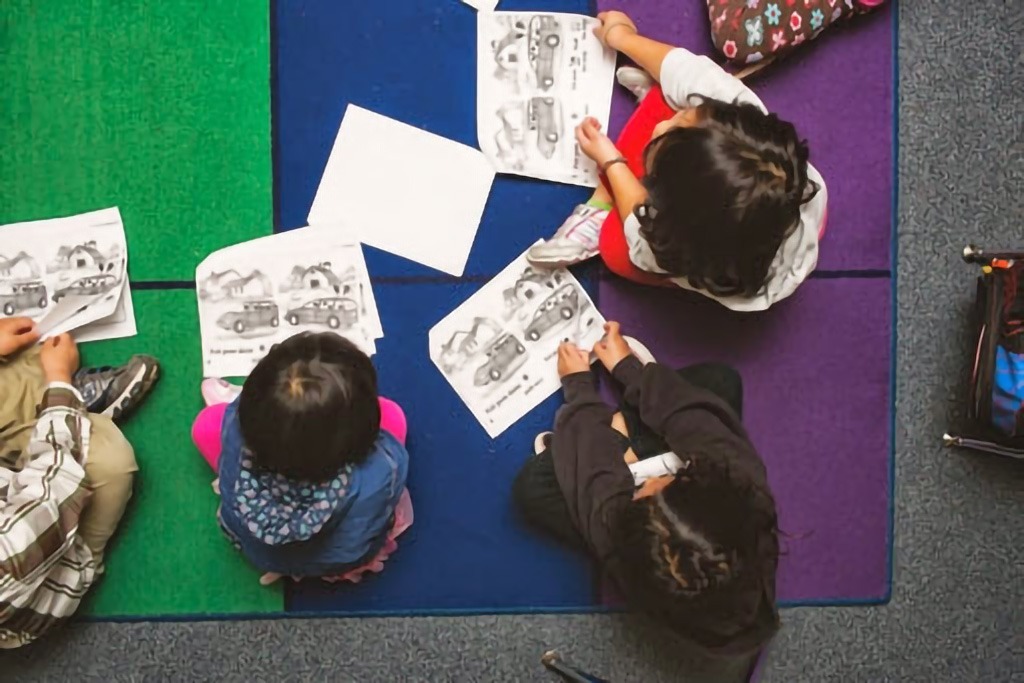
Hmong Culture Helped Me Understand Spirits in My Culture – Dylan
How Hmong Culture Deepens Our Understanding of Spirits and Traditions
Exploring Hmong culture opens doors to understanding our own. Through traditions, shamanism, and shared experiences, students reflect on identity, connection, and the value of all cultures – Dylan, Erika, Pao, and more share their insights.

How Hmong Culture Deepens Our Understanding of Spirits and Traditions
In a world of diverse cultures, exploring a new tradition often brings unexpected insights into our own beliefs and practices. For many, delving into Hmong culture — its vibrant traditions, shamanistic practices, and spiritual beliefs — has been a transformative experience, not just in learning about the Hmong but also in understanding oneself.
Dylan, a student of cultural studies, shared a profound reflection: “Hmong culture helped me understand spirits that are in my culture, and it was a way for me to understand Native American culture better.”
This powerful statement underscores the interconnectedness of spiritual beliefs across cultures. Through studying Hmong shamanism, which focuses on spiritual healing and connecting with ancestors, Dylan discovered parallels to Native American spiritual practices. Both cultures emphasize the presence of spirits in nature, the importance of rituals, and the role of spiritual leaders in guiding their communities.
What We Learn from Hmong Culture
Erika, another student, said: “Looking at a new culture made me realize I had a culture.”
This sentiment is echoed by others who found that immersing themselves in Hmong traditions, such as paj ntaub (story cloth) and ceremonial practices, illuminated aspects of their own heritage. For instance, Mariah noted similarities between Hmong traditions and her family’s: “The Hmong people love to garden; one of our family delights is gardening. They have special clothes; we have our own traditions, like making gingerbread houses at Christmas.”
Such reflections show how studying Hmong culture not only highlights its uniqueness but also reveals shared human experiences — connections through food, family, and tradition.
Bridging Cultures Through Spiritual Understanding
For Native Americans like Dylan, Hmong shamanism provided a new lens to view their own traditions. The role of the shaman — spiritual healers who bridge the physical and spiritual worlds — is central to both Hmong and Native American practices. By learning about the Hmong shaman’s role, Dylan gained deeper insight into Native American medicine men and women, who also focus on spiritual well-being and community healing.
Pakou, a Hmong participant, expressed pride in sharing her culture: “I am Hmong. I am happy to let everybody see my culture. I just do not want only like ten people to know but the whole wide world.”
This openness to cultural exchange fosters mutual understanding and respect, bridging gaps between different traditions.
Why Studying Culture Matters
As Martha observed, studying another culture brings clarity to what “culture” truly means: “Culture is who you are. No culture is better or has greater value than any other. All cultures should be treated the same way.”
Through exploring Hmong culture, students not only learned about another way of life but also developed tools to study and appreciate their own. For Benjamin, the methods used to study Hmong traditions inspired a deeper dive into his cultural roots.
This experience highlights the value of cultural exchange. Whether it’s understanding Hmong spiritual practices, Native American beliefs, or family traditions, these connections enrich our perspectives and help us see the beauty in diversity.
Final Thoughts
The journey of understanding Hmong culture teaches a universal truth: by exploring another culture, we gain a richer understanding of our own. Whether it’s through spiritual practices, storytelling, or shared traditions, the connections between cultures remind us of our shared humanity. As Dylan discovered, learning about Hmong shamanism can even bring clarity to Native American spirituality, proving that cultural exchange is a powerful way to grow in knowledge and empathy.
Have you explored another culture that helped you understand your own traditions better? Share your experiences in the comments below!
References and Further Reading
- Understanding Ourselves | What has studying the Hmong meant to your understanding of your own culture? If you are Hmong, what has it been like to have your culture the object of our study? | Erika | Pao | Sarah M. | Mark | Mariah | Pakou | Gabby | Benjamin | Dylan | Izzy S. | Martha | Csumc.Wisc.Edu | Dylan – Hmong culture helped me understand spirits that are in my culture, and it was a way for me to understand Native American culture better.





Responses